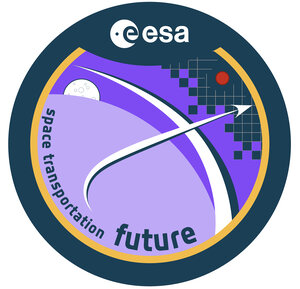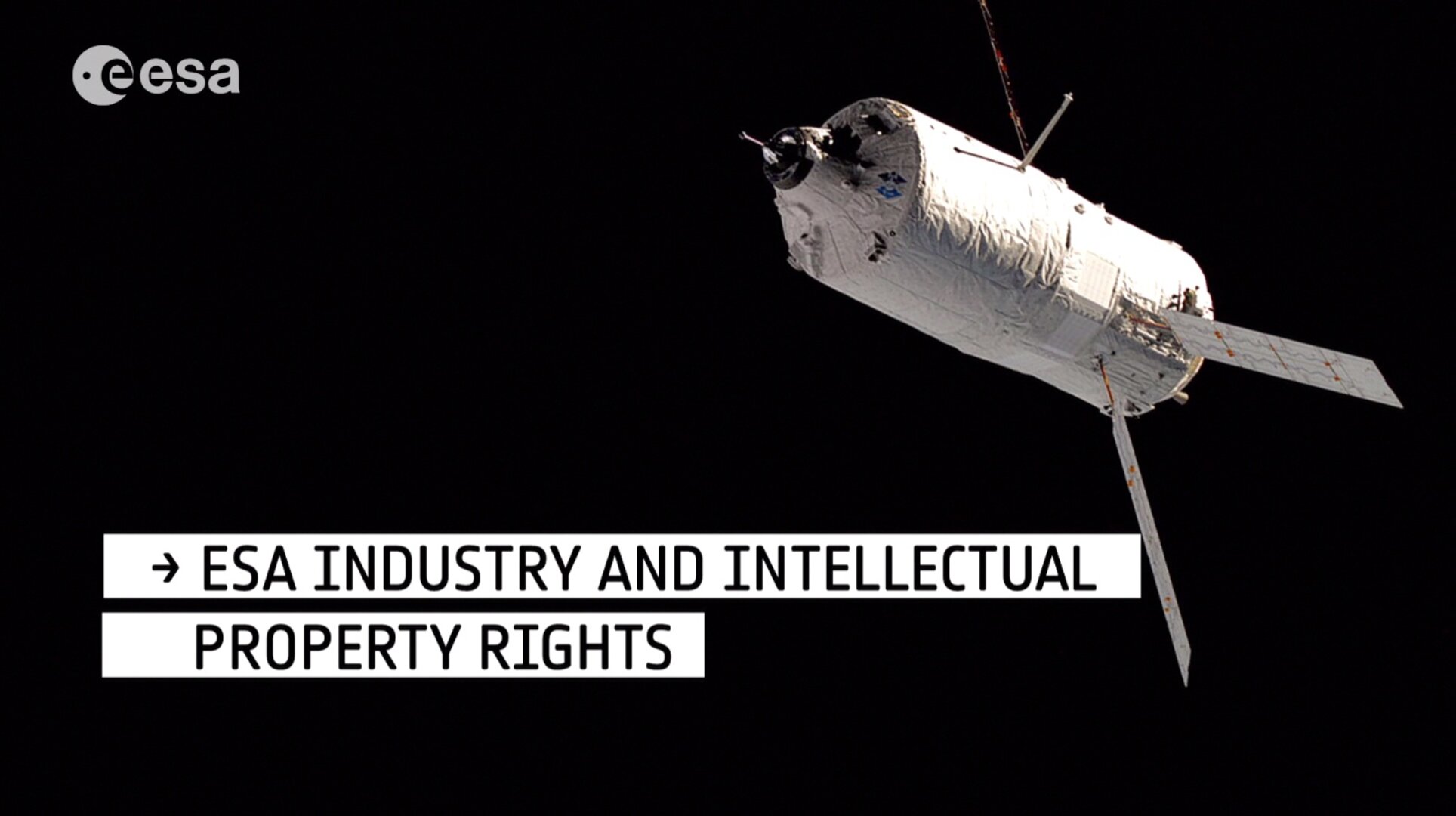ESA, Industry and Intellectual Property
Intellectual Property Rights (IPR) provide the author of an intellectual creation with exclusive rights to exploit and benefit from their intellectual creation. This is sometimes phrased as the right to exclude others from the use of those creations without the author’s prior consent or agreement. Consequently, IPR play an important role in rewarding and incentivising innovation. At the same time IPR are limited in scope, duration and geographical extent. These limitations constrain monopolistic practices, which might hinder further innovation, and ensure that all works eventually pass into the public domain. Some intellectual property rights accrue automatically when a work is created (such as copyright). Others need to be successfully registered in order to derive rights from them (such as patents and trademarks).
ESA recognises and supports the innovation function of IPR. That is why the ESA Council adopted a Resolution on the ‘Rules Concerning Information, Data and Intellectual Property’ in December 2001. Since 2001 these rules have formed the basis of the General Clauses and Conditions of ESA contracts with industry. These rules have been very well received by our European industry partners as they were promulgated specifically with the aim of supporting and encouraging the development of European space industry.
The conditions are very favourable to contractors across all classes of ESA contracts for space research and development. In general, ESA prefers that any IPR generated during the course of an ESA contract shall vest with the contractor as the Agency considers that the originator of said work is best placed to exploit it. Only when the creation lies with an ESA staff member does the IPR belong to ESA outright.
The central objectives of ESA’s IPR policy when contracting with industry are to encourage:
- Registration of IP from ESA contracts to better protect the contractor's and the Agency's interests;
- Exploitation of IP from ESA contracts and thereby helping the generation of wealth and improving the competitive position of European industry on the worldwide market;
- Reconciliation of the commercial interests of the contractor with those of the Agency, Participating States, research organisations and third parties seeking access to IP.















 Germany
Germany
 Austria
Austria
 Belgium
Belgium
 Denmark
Denmark
 Spain
Spain
 Estonia
Estonia
 Finland
Finland
 France
France
 Greece
Greece
 Hungary
Hungary
 Ireland
Ireland
 Italy
Italy
 Luxembourg
Luxembourg
 Norway
Norway
 The Netherlands
The Netherlands
 Poland
Poland
 Portugal
Portugal
 Czechia
Czechia
 Romania
Romania
 United Kingdom
United Kingdom
 Slovenia
Slovenia
 Sweden
Sweden
 Switzerland
Switzerland



























